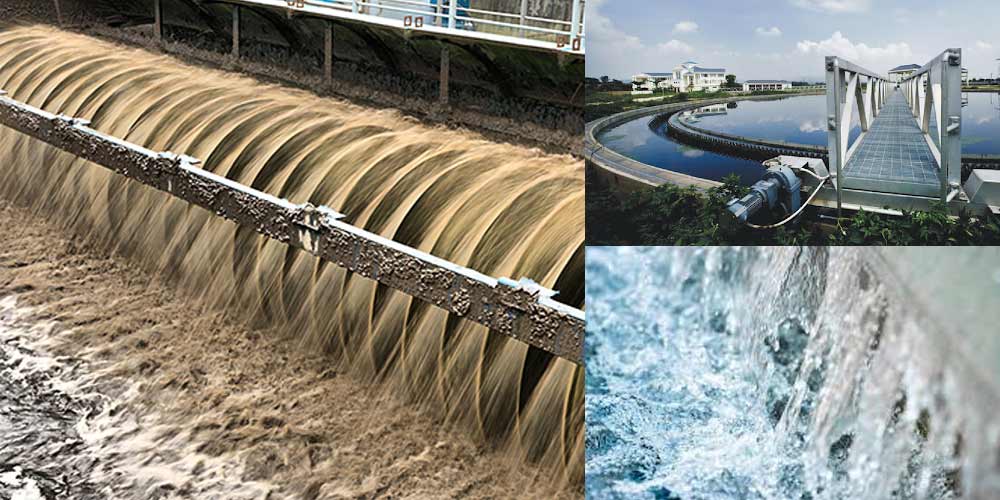Polyacrylamide ( PAM ) is a widely used polymer in water treatment processes. Its application is primarily related to its ability to flocculate or coagulate suspended particles in water, leading to improved water clarity and reduced turbidity. Here are some common situations where polyacrylamide may be used in water treatment:
Flocculation and Coagulation: Polyacrylamide is often employed as a flocculant or coagulant to bind together small particles in water, forming larger and heavier flocs. These flocs settle more rapidly, aiding in the removal of suspended solids and turbidity.
Clarification of Drinking Water: In drinking water treatment plants, high quality anionic PAM can be used to enhance the sedimentation and filtration processes. It helps in the removal of impurities, organic matter, and other contaminants, ensuring the production of clean and safe drinking water.
Wastewater Treatment: Polyacrylamide finds applications in the treatment of industrial wastewater, where it assists in separating suspended solids, oil, and other pollutants from water. This is crucial for compliance with environmental regulations and for recycling or discharging treated water safely.
PAM can be employed in municipal wastewater treatment facilities to improve the settling characteristics of sludge, aiding in the dewatering process. This facilitates the separation of water from the solid sludge components before disposal.
Mining and Mineral Processing: In mining operations, polyacrylamide is used to clarify process water by aiding in the removal of suspended particles. It is also employed in tailings dewatering processes.
Agricultural Runoff Management: In some cases, PAM is applied in agricultural practices to control soil erosion and manage runoff. It can reduce sediment transport and improve water quality in nearby water bodies.
It’s important to note that the specific application and dosage of polyacrylamide depend on the characteristics of the water to be treated and the nature of the contaminants present. The use of PAM should comply with local regulations, and its application must be carefully monitored to ensure effective and environmentally responsible water treatment. Consulting with water treatment professionals or specialists is recommended for accurate and site-specific recommendations.
Post time: Mar-13-2024

